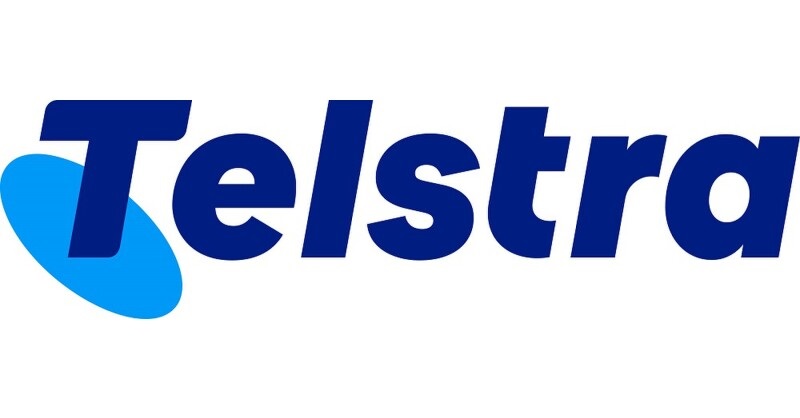Organisations in North Asia Urged to Leverage the Power of Security Automation
30th April 2023, Kathmandu
Organizations in North Asia urged to leverage the power of security automation as security incidents increase 32 percent of firms in North Asia have seen a significant increase in serious security incidents across their entire IT stack in the past 12 months, One in five North Asian firms has dealt with a security breach, Only 24 percent of regional organizations are ‘advanced’ in leveraging security automation.
Telstra, a leading global telecommunications and technology company, published research in partnership with research and advisory consultancy Omdia, exploring how companies leverage security technology for resilience and innovation in North Asia.
Working with Omdia, Telstra surveyed 250 senior technology decision-makers at the end of 2022, to understand the state of Security Operations (SecOps) in North Asia, assessing security automation maturity across a range of complex technology environments and threats.
The purpose of the survey was to discover how organizations secure and defend their business from threats through automation, by exploring security automation maturity across the technology stack and end-to-end threat management.
The newly launched whitepaper aims to give security executives the insights they need to bolster their organizational cybersecurity resilience and support their ongoing digital transformation projects.
“There is a real opportunity for organizations to leverage automation to drive operational efficiency and address known security incidents, allowing operational teams to focus on higher risk threats. This has the potential to reduce staff burnout and better safeguard vital business assets,” said Paul Abfalter, Head of North Asia at Telstra.
The survey found that 32 percent of firms have seen an increase in cyber-attacks over the past 12 months across their entire IT stack, most notably endpoints, network, and operational technology devices. 66 percent of organizations that experienced significantly increased serious security incidents also observed a surge in serious breaches.
The research also revealed 40 percent of firms lost revenue due to these attacks, whilst 38 percent suffered reputational damage and 34 percent sustained operational downtime.
However, security leaders are confident that with better security automation, they could reduce nearly 50 percent of all serious security incidents.
The research found that only 24 percent of regional organizations are advanced in leveraging security automation, confirming that the rate of security automation is relatively low in North Asia, with limited use across the region.
“Security is becoming a growing concern and a potential constraint to digital ambitions in the region. Security automation is vital to address this challenge. Leveraging automation in SecOps can enrich threat telemetry, unify toolsets, and harness AI/ML advancements to better protect, detect and respond to advanced persistent threats.
However, technology alone won’t solve the problem. Third-party expertise is critical to address people, process, and tool impacts within each firm’s industry context, regulatory requirements, and corporate objectives.” Adam Etherington, Senior Principal Analyst for Digital Enterprise Services at OMDIA.
Although many organizations are investing in additional cybersecurity platforms to overcome rising incidents and breaches, this has resulted in sprawling toolsets that generate higher alerts and false positives.
The survey found that a large volume of threat alerts, alarms, tickets, and possible incidents generated by various security tools are causing issues for security professionals.
The false positives overwhelming security teams are caused by a dramatic increase in the attack surface as more operational technology (OT) devices become integrated with IT systems, lagging patch and device management across legacy technologies, and a wide variety of non-integrated toolsets.
“Security executives must continually assess their organizational cybersecurity resilience to support ongoing digital transformation, leverage the right cyber partner and unlock value from security tools. Reaching optimized automation can be a long journey. It is important to work with experienced and trusted specialists to discover the best adoption and operational model for your organization,” Paul Abfalter added.
50 percent of those surveyed were IT executives, including CIO, CTO, and CISO, and 50 percent were senior technology leaders and senior consultants. 50 percent of the organizations had 100-999 employees and 50 percent had 1000+ employees.
The key sectors focused on were BFSI, Transport & Logistics, Retail & Wholesale, Manufacturing, and Healthcare.
About Telstra
Telstra is a leading telecommunications and technology company with a proudly Australian heritage and a longstanding, growing international business.
Today, we operate in over 20 countries outside of Australia, providing services to thousands of businesses, governments, carriers, and OTT customers.
Telstra Enterprise is a division of Telstra that provides data and IP networks and network application services, such as managed networks, unified communications, cloud, industry solutions, and integrated services.
Telstra Purple, our professional and managed services business in Australia, Asia, and the UK, brings together people and innovative solutions to define and deliver a clear vision of our customers’ transformation journey, network foundation, and the protection they need to thrive.
These services are underpinned by our subsea cable network, one of the largest in the Asia Pacific region, with licenses in Asia, Europe, and the Americas, and access to more than 2,000 Points-of-Presence around the world.







